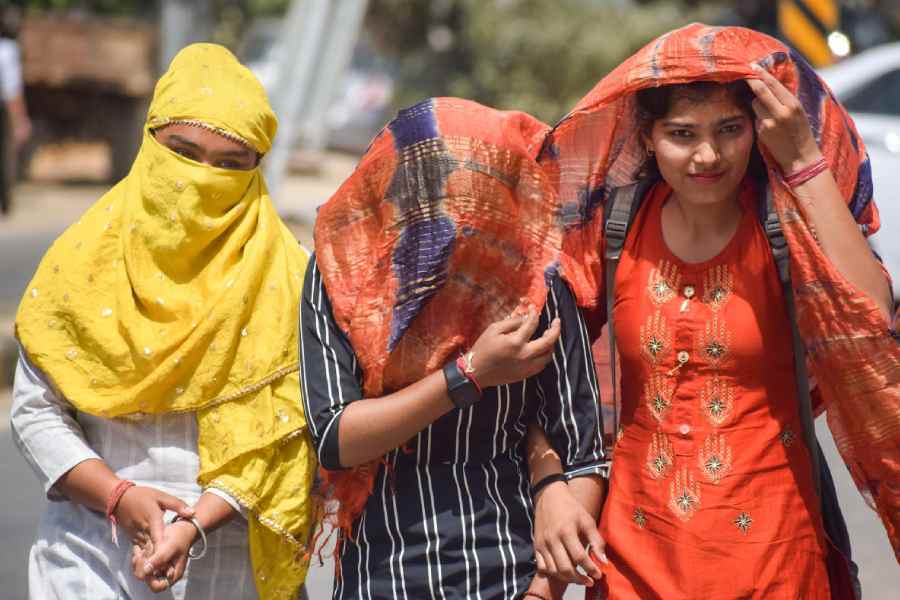
India has around 70 million diabetics and the number is increasing every day. The disease occurs when the body is not able to keep blood sugar in the normal range. Diabetes is suspected if the blood glucose level is 126 milligrams per decilitre (mg/dL) after an overnight fast, non-fasting glucose level (random) is greater than 200 mg/dL or glucose level is greater than 200 mg/dL two hours after a meal.
The level of glucose in blood is maintained in the normal range by a hormone called insulin, produced by islet cells in the pancreas. Diabetes occurs when there is an absence or relative lack of insulin or if there is peripheral resistance to its action. An absolute lack of insulin occurs if the islet cells are absent or destroyed. This means that insulin has to be externally supplied as injections. A relative lack of insulin is more common; 95 per cent of diabetics fall in this category.
Diabetes is more likely to occur with increasing age; 45 was considered a magic number, with a dramatic increase in the incidence of diabetes after this age. This may be due to a propensity to "settle into prosperous middle age" at this time with an increasingly sedentary lifestyle and over eating.
Resistance to the action of insulin occurs with an increase in the number and size of fat cells. To diagnose obesity, the BMI (weight divided by height in metres squared) should be less than 30, the waist circumference less than 40 inches in men and 34.5 in women, the waist:hip ratio less than 0.9 for men and 0.85 for women.
The tendency to obesity sets in at a young age. Many children do not have the compulsory hour of physical activity daily. Computer games and television occupy their time instead. Weight climbs up and many are frankly obese by the time they are teenagers. As a result of this, diabetes increasingly occurs in adolescents and young adults in their twenties and early thirties as MODY (Maturity Onset Diabetes of the Young).
If one parent has type 2 diabetes, the risk of the offspring getting diabetes is 1 in 7. A mother with type 2 diabetes is more likely to pass it on to her offspring than a father. If both parents are diabetic, the chances of the child eventually developing the disease is 50 per cent.
The environment in which the child grows up can explain much of this. Diabetes is more likely to manifest itself if the family is sedentary, obese and overeats, with unhealthy food habits and a propensity for fat-laden processed or fast food. Mothers usually influence food habits a great deal more than fathers.
High blood pressure is linked to diabetes. A person with one disease often gets the other within a few years. Dyslipidemia - with elevated lipids and an abnormal lipid profile - also increases the risk of diabetes. All the three are linked and this group of biochemical abnormalities is called the "metabolic syndrome X." Unless steps are taken to correct these biochemical abnormalities, diabetes can eventually occur.
Women with PCOS (polycystic ovarian syndrome) often have all the abnormalities of metabolic syndrome X. They also have insulin resistance and obesity. Unless intervention (diet, exercise, metformin) occurs, 50 per cent go on to develop diabetes.
Pregnancy can precipitate a type of diabetes called "gestational diabetes" in a predisposed individual. The sugars usually return to normal values after the delivery. Diabetes may develop a few years later if obesity occurs.
Diet plays a very important role in the control of diabetes. Calories have to be restricted to 1500 or 1800 a day, depending on the level of exercise. Foods have a glycaemic index or GI, which measures how a carbohydrate-containing food raises blood glucose. Food is ranked on the GI scale from 0-100. The glycaemic index of a particular food can be found on the Internet. Food with a high GI raises blood glucose more than food with a medium or low GI. Foods with a low GI include legumes, all non-starchy vegetables, sweet potatoes, most fruit, long grained brown or red rice, and whole grain rotis.
To control diabetes and delay its onset, combine diet with exercise for an hour a day, either at a single go or split into two sessions, or cover 10,000 steps a day.
Dr Gita Mathai is a paediatrician with a family practice at Vellore. Questions on health issues may be emailed to her at yourhealthgm@yahoo.co.in










